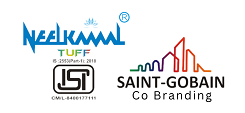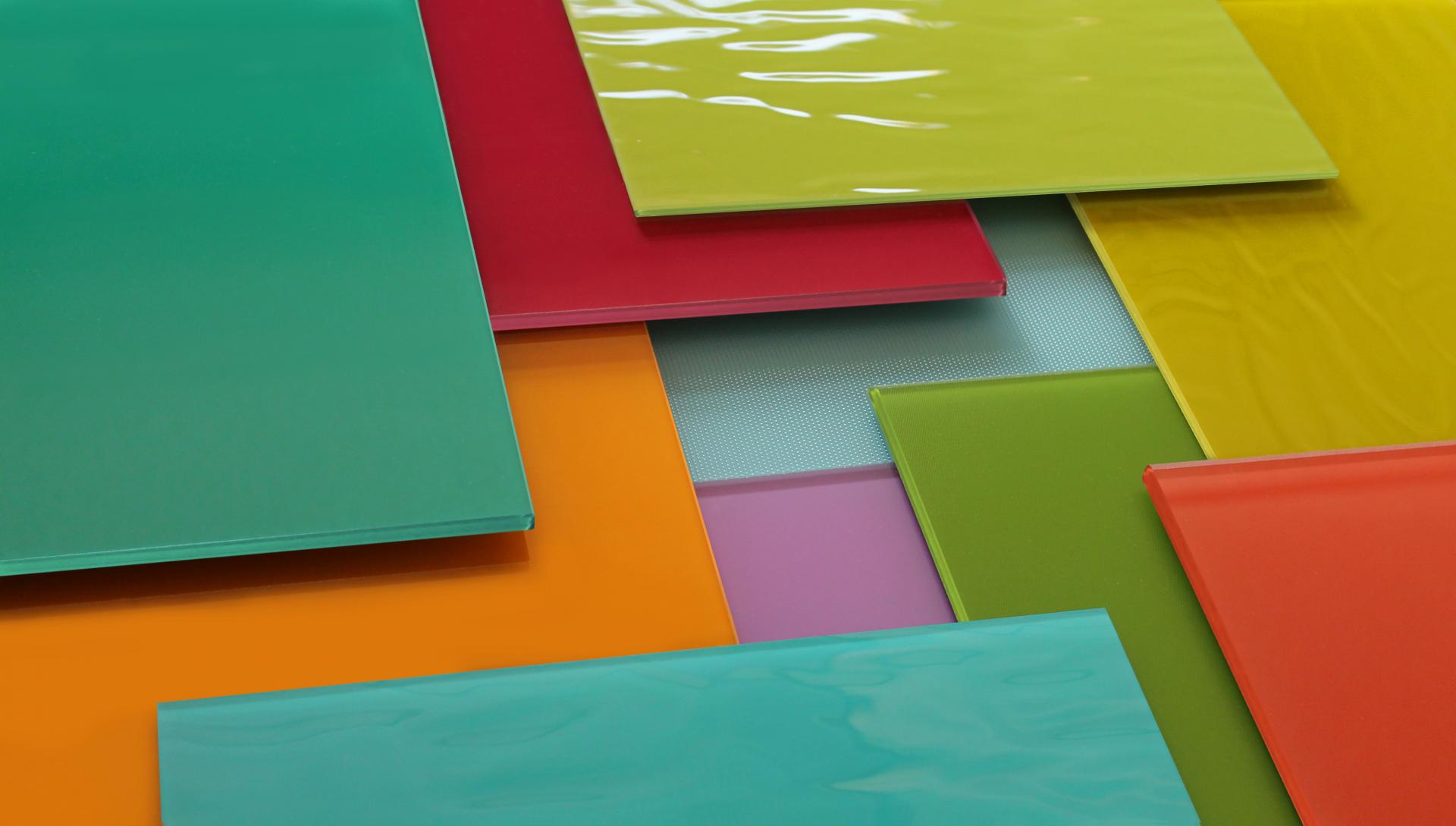
Coated Glass: Enhancing Performance and Aesthetics in Modern Architecture
Coated glass is a type of glass that undergoes a process where one or more layers of metallic or chemical coatings are applied to its surface. These coatings are designed to enhance specific properties of the glass, such as thermal insulation, solar control, glare reduction, UV protection, and improved durability, among others. The application of these coatings allows architects and designers to achieve desired performance characteristics without compromising on aesthetics.
The production technology of coated glass is becoming more and more mature, the product varieties and functions continue to increase, and the scope of application is expanding.
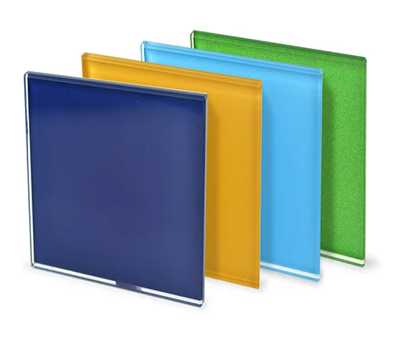
The classification of coated glass can be classified according to the production process or the function of use. According to the production process, there are on-line coated glass and off-line coated glass. On-line coated glass is coated on the glass surface during the forming process of float glass. Relatively speaking, offline coated glass is processed outside the glass production line.
Types of Coated Glass:
Low-E (Low Emissivity) Glass: Low-E Glass coatings minimize the amount of infrared and ultraviolet light that can pass through the glass, thereby reducing heat transfer. This improves insulation and energy efficiency in buildings.
Solar Control Glass: These coatings are designed to regulate solar heat gain, preventing excessive heating of interiors while allowing ample natural light transmission, maintaining a comfortable indoor environment.
Self-Cleaning Glass: Featuring a hydrophilic coating, self-cleaning glass uses sunlight and rainwater to break down and wash away organic dirt, reducing the need for manual cleaning and maintenance.
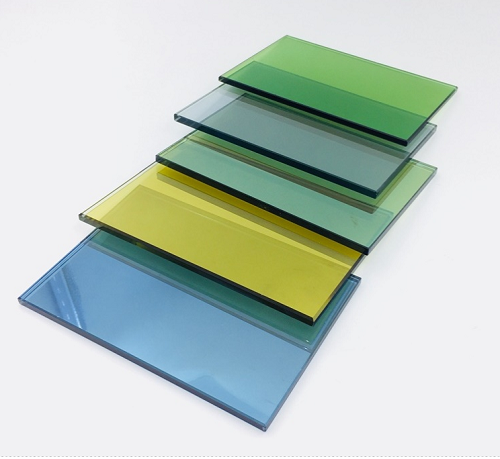
Anti-Reflective Glass: These coatings minimize glare and reflections, enhancing visibility and clarity through the glass, making it ideal for display windows and showcases.
Key Benefits of Coated Glass:
Improved Energy Efficiency: Coated glass reduces the need for artificial heating or cooling, contributing to lower energy consumption and utility costs.
Enhanced Comfort: By controlling heat and glare, coated glass ensures a more comfortable indoor environment for occupants.
UV Protection: Coatings can block harmful UV rays, safeguarding interior furnishings and artworks from fading or damage caused by sunlight.
Aesthetic Appeal: Coated glass offers architectural versatility, providing designers with options to achieve both functional and visually appealing designs.
Applications of Coated Glass:
Commercial Buildings: Facades, windows, and curtain walls in office complexes, malls, and institutions benefit from the energy-efficient and performance-enhancing properties of coated glass.
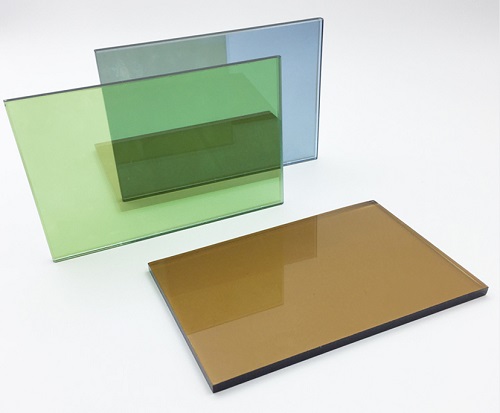
Residential Construction: Homes and apartments utilize coated glass for windows, doors, and skylights to optimize energy usage and provide a comfortable living space.
Automotive Industry: In vehicles, coated glass contributes to improved visibility, comfort, and UV protection for passengers.
Retail and Display: Showcases, storefronts, and displays benefit from anti-glare and UV protective coatings for enhanced visibility and product presentation.
Coated glass continues to revolutionize the architectural landscape, offering a blend of functionality, sustainability, and aesthetic appeal. Its versatility, coupled with the ability to address specific performance requirements, positions coated glass as a valuable asset in modern construction, elevating both the performance and aesthetics of buildings and structures.
